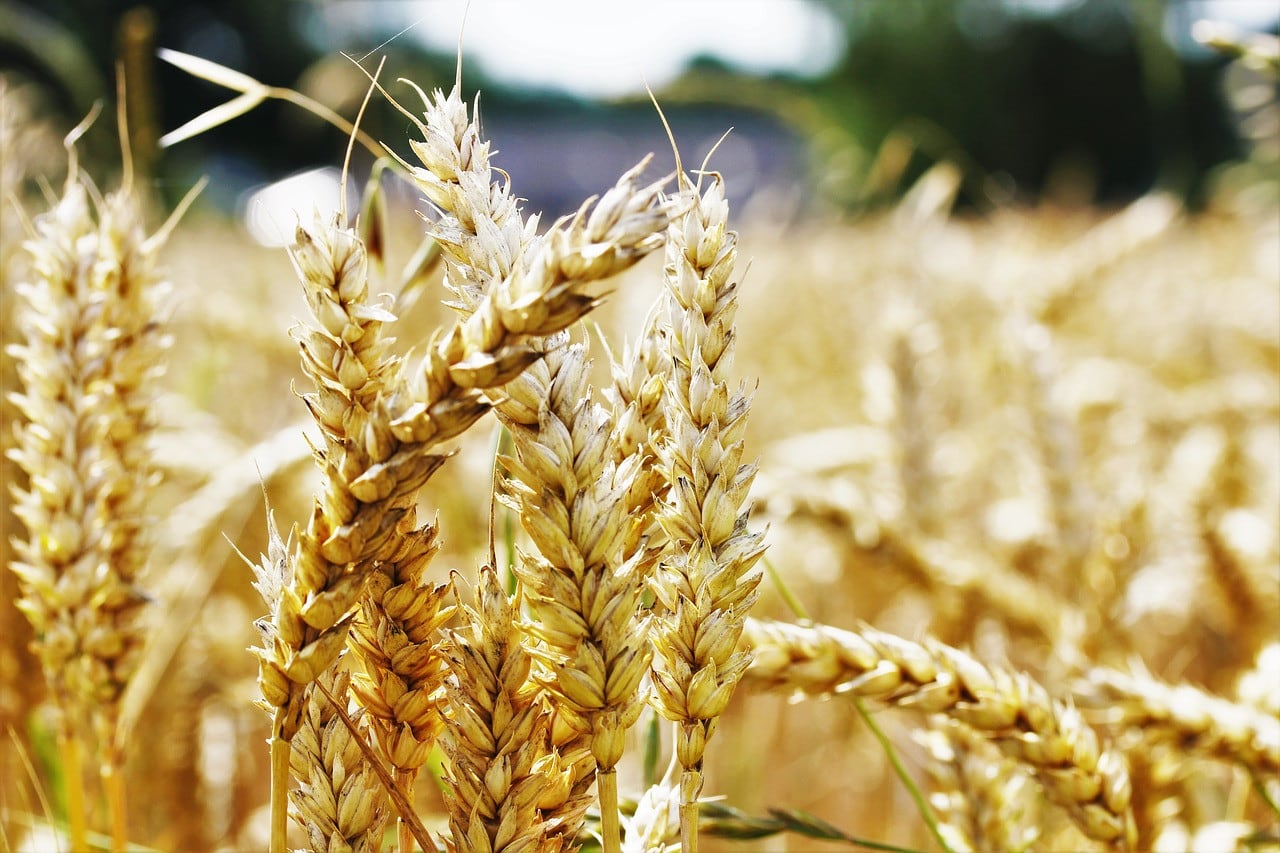Pakistan’s agricultural crisis demands renewed focus

Pakistan today stands on the precipice of a pressing challenge where flour, a basic staple, is deemed more valuable than human life, beckoning a call to action from those in power.
Historically, even mighty civilizations, such as the ancient Egyptians, have faltered due to wheat shortages. Pakistan, despite its voracious consumption of over 30 million tons of wheat annually, produces a mere 27 million. This deficit translates to a $2 billion depletion from foreign currency reserves, notwithstanding wheat once being a prominent export commodity.
Facing food insecurity levels at an alarming 32% and inflation rates at 27%, Pakistan grapples with a lack of strategic foresight and a propensity to opt for short-term solutions. The imperative for economic transformation is clear, and agriculture, contributing a significant 26% to the GDP and employing 44% of the workforce, presents a promising path.
To harness the nation’s agricultural potential and mitigate its current predicaments, several areas demand immediate attention:
- Enhanced crop yield: Pakistan’s crop yields lag notably. For instance, wheat production stands at 3 tons per hectare compared to India’s 4 and China’s 6. By adopting practices such as minimal tillage, seed certification, and precise fertilizer application, these yields could potentially be amplified.
- Crop diversification: Despite possessing one of the world’s largest canal systems, Pakistan’s agricultural scope remains limited, focusing historically on wheat and sugarcane. The untapped potential for crops like pulses, oilseeds, and vegetables could bolster self-sufficiency and climate resilience.
- Water management: With 93% of freshwater resources consumed by water-intensive crops, it’s crucial for Pakistan to transition from outdated irrigation practices. Modern technologies like drip irrigation can augment agricultural productivity.
- Government intervention review: Repeated government interventions have led to market imbalances, evident from Punjab’s Rs 640 billion ($7.69 billion) wheat debt in 2022. A shift towards market liberalization and bolstering public policy could rectify these distortions.
- Wastage reduction: Currently, Pakistan witnesses a loss of $4 billion in food annually. Investment in storage and transport, coupled with technological solutions such as blockchain and mobile applications, can bridge this wastage gap.
- Financing access: Agricultural credit is pivotal for modernizing and commercializing the sector. Initiatives to bridge the credit gap, especially for small-scale farmers, are essential.
- Climate adaptation: With the looming threat of climate change, adopting climate-smart agricultural strategies is no longer optional but a necessity.
Pakistan’s current trials and tribulations call for a shift from short-sightedness to holistic resilience-building. Agriculture remains the nation’s golden thread, possessing the potential to transform its current state into one of prosperity and hope for all its citizens.
Source: The News International



